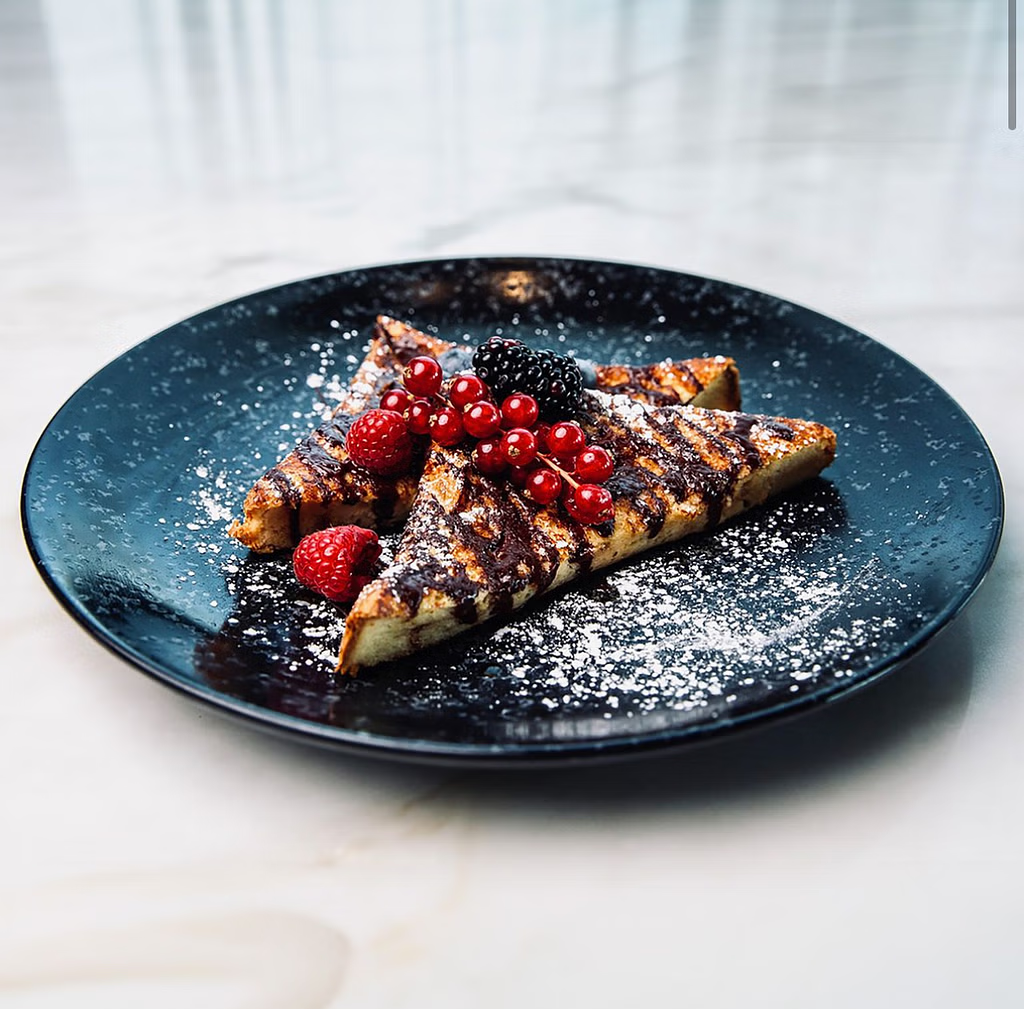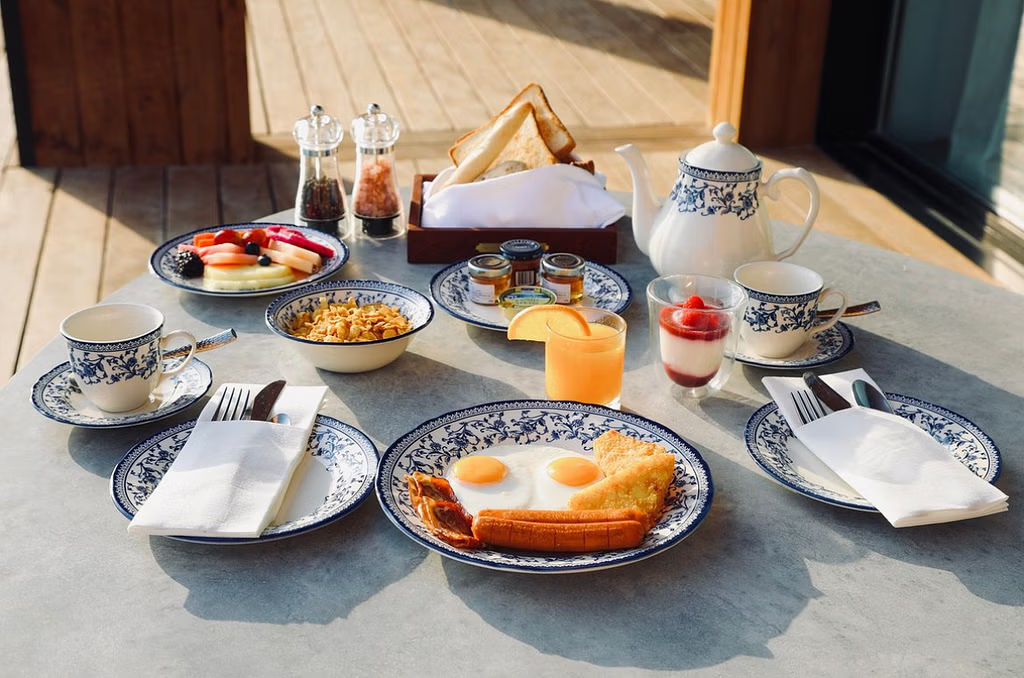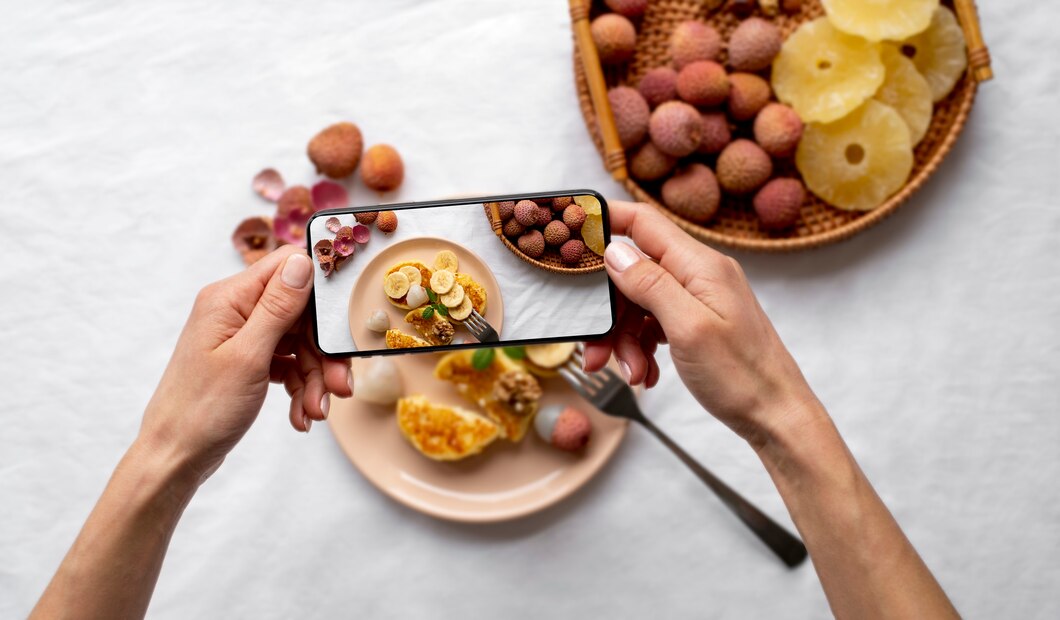Capturing the perfect food photograph requires more than just a good camera and delicious food. It's about creating a visual feast for the eyes, one that entices and engages your audience, making them almost taste the flavor through the image.
A2Z Media understands the unique challenges faced by marketing professionals in presenting their culinary creations in the most appetizing light. This blog is tailored for you, providing easy-to-follow techniques to prepare the perfect Food Photography Setup and guarantee mouthwatering images every time.
1. Understanding the Basics of Food Photography
Choosing the Right Equipment
- DSLR or Mirrorless Camera: For flexibility in settings and lens choices.
- Tripod: Essential for stability and sharp images.
- Macro Lens: Captures close-up details of the food.
- Reflectors and Diffusers: Manage shadows and light distribution.
Lighting Is Key
Natural light is preferable for food photography, creating soft, diffused lighting that highlights the textures and colors of the food. Position your setup near a window, using reflectors to balance the light.

2. Styling Your Scene
The Art of Composition
- Rule of Thirds: Position key elements along the intersections for a balanced image.
- Leading Lines: Use utensils, napkins, or the table to guide the eye through the photo.
- Layering: Incorporate different heights and textures to add depth.
Choosing Props and Backgrounds
Select props that complement the food's color and texture without distracting from it. Neutral backgrounds work best to keep the focus on the dish.

3. Focus on the Food
Enhancing the Hero
- Fresh Ingredients: Use the freshest components for a vibrant look.
- Cooking Techniques: Employ techniques that enhance the food's natural appeal, like grilling or glazing.
- Garnishing: Add a final touch with fresh herbs or spices to make the dish pop.
Angles Matter
Experiment with various angles to find the most flattering perspective for your dish. Overhead shots are great for flat layouts, while a 45-degree angle can give a more realistic, inviting look.
Capturing the essence of food through photography is an art that requires patience, practice, and a keen eye for detail. By following these setup techniques, you're well on your way to creating stunning, appetizing images that not only look professional but also tell a story that resonates with your audience.
Remember, the goal is to make the viewer feel as if they could reach into the photo and take a bite. Whether you're a seasoned marketer looking to enhance your brand's visual content or a budding photographer eager to dive into the culinary scene, keep experimenting, and let your creativity lead the way to mouthwatering masterpieces.




